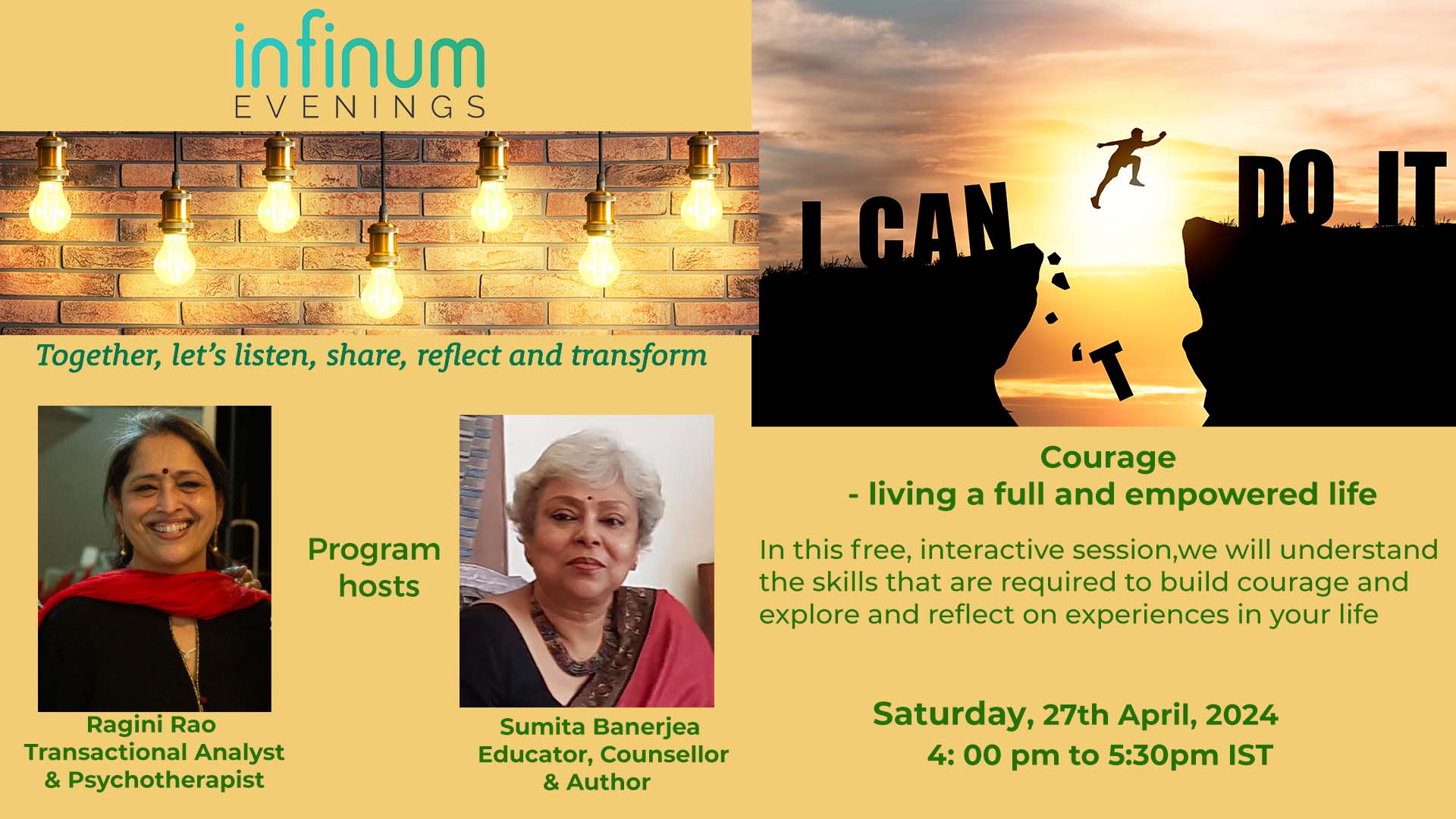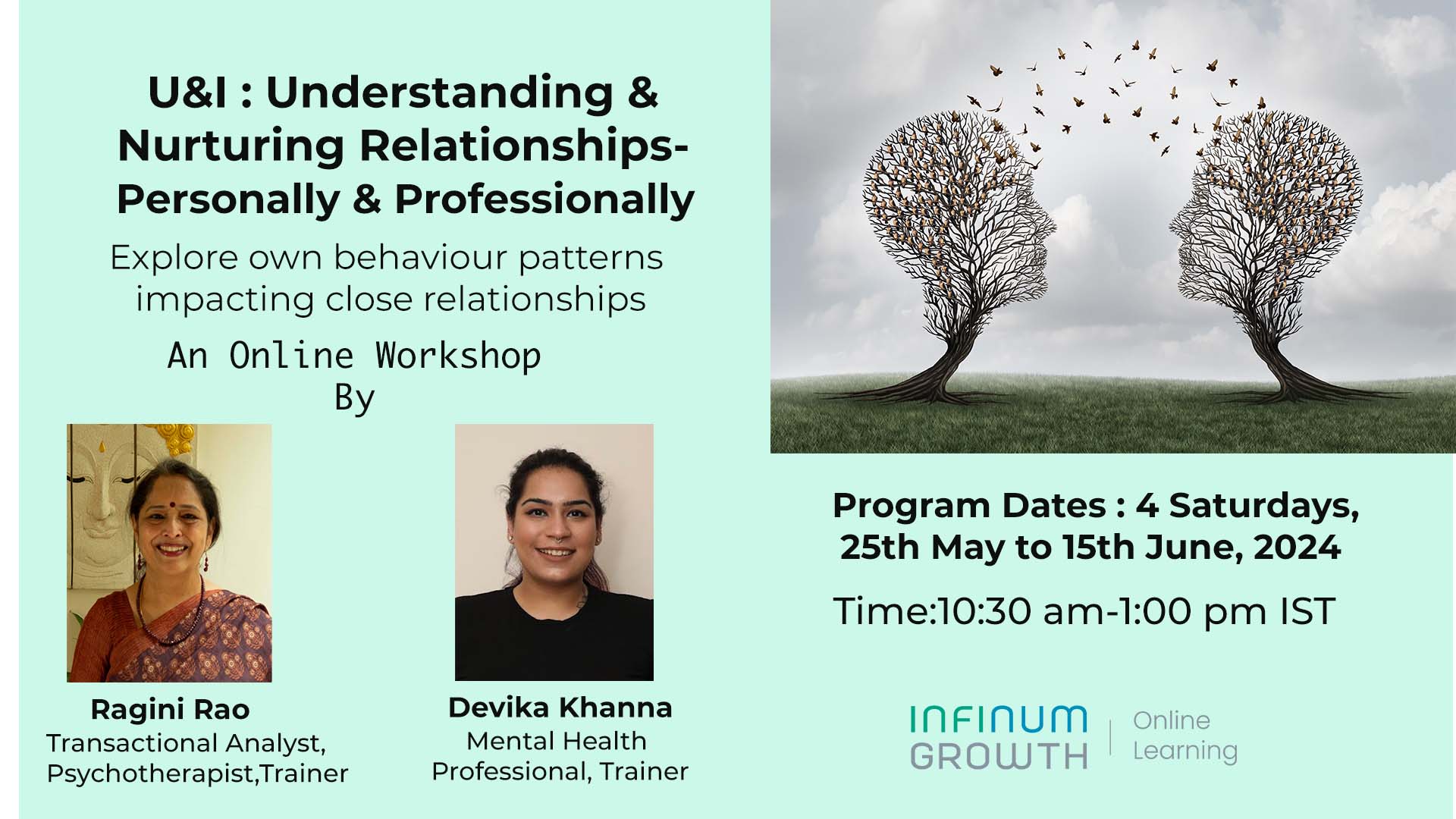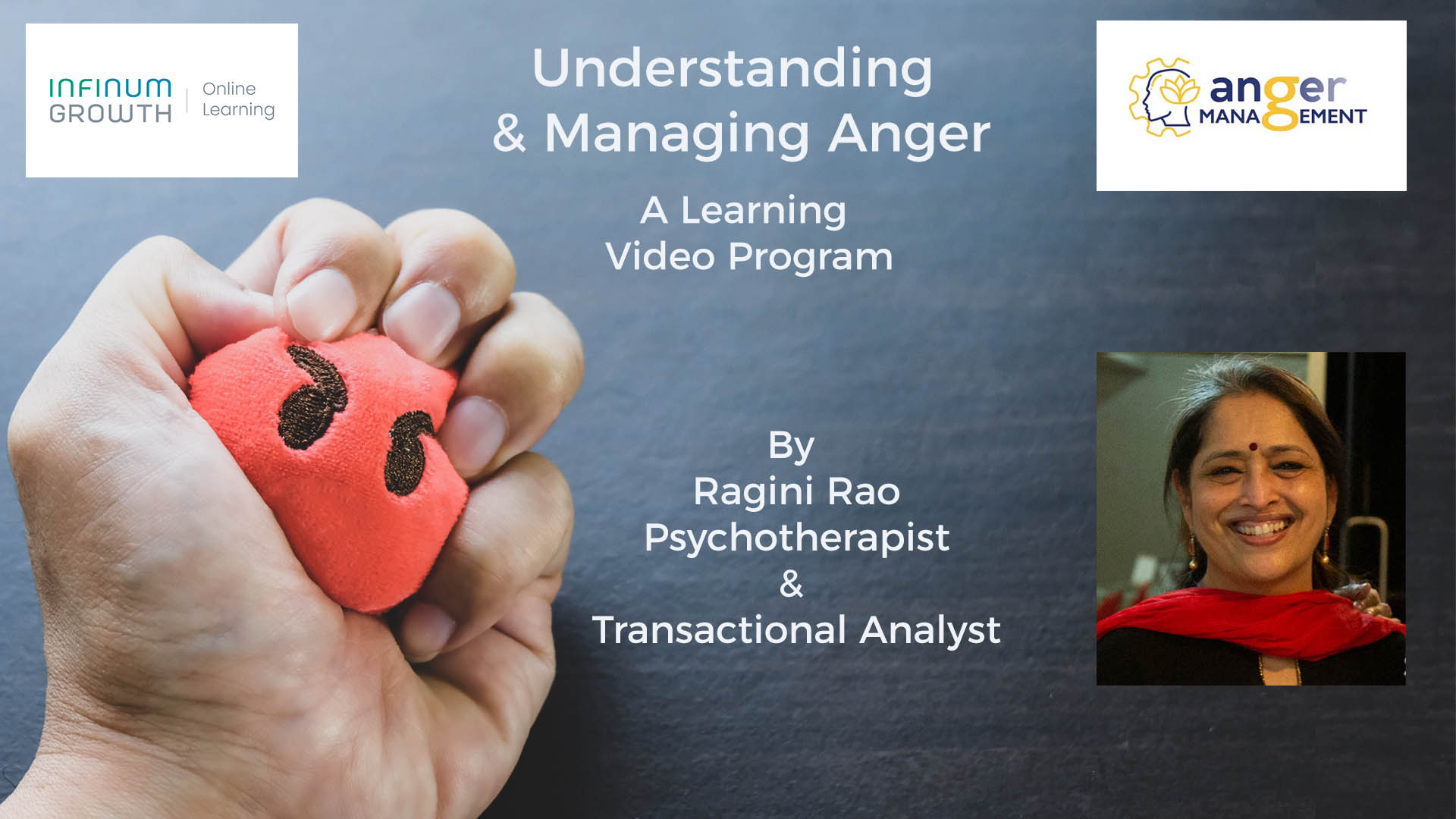I have always felt called to teach and, have had the privilege to teach many times in my life; including home-schooling our daughter, let’s call her Z, for a couple of years. So when the Covid lockdown kicked in, I thought to myself, “I’ve got this. I’ve been there, done more than that”!
I was wrong, as online classes and lockdown conspired to leave Z and us with many challenges. It was and continues to be hard to get a rhythm going, keep on top of what was taught so as to help beyond contact hours and manage the emotional wellbeing of a teenager in lockdown.
I also have a job that requires me to work very closely with national leaders of education in India and, they listed similar challenges being faced by teachers. In discussions with top thinkers in EdTech, including Prof Liz Kolb, we arrived at a few guiding principles for schooling from home, that should help if you are a teacher or a parent turned teacher.
PRINCIPLE 1: WHEN IN A HURRY GO SLOW
The tendency at the start and even now, is that we must offer in schooling from home, immediately, all that regular school offered. This is simply not useful. In trying to do it all, we overreach or get overwhelmed. The shift to teaching remotely or via digital means is a new and complex skill.
As with any skill, first focus on mastering the essential moves. The essential moves here are – understanding how your children respond to screen time and the hyper-focus required in a class; knowing how much content they can take in at one sitting; being able to deliver byte sized content that meets the “optimal” time; planning offline and online activities linked to the online content; and sensing and responding to emotional signals.
Take your time to practice these every day while going slow on tech – you don’t need to master the most sophisticated learning management system. You need to learn by trying each of these steps what works and what doesn’t and that takes time.
PRINCIPLE 2: TAKE JUST ONE STEP AT A TIME
Rather than try to attempt the latest and greatest, look at the tools you and your child are familiar with. Even something as simple as a word processor or video calls on whatsapp or zoom sessions that are recorded or email, can be useful in sharing concepts. Getting “in person” time with the child, illustrating something via a doodle or a video or submitting an assignment (via a photo of work that is handwritten) can work well in schooling from home. Stick to what you have previously used in the “analog” days and increment by the littlest bit that is needed. This avoids overwhelm. When you are overwhelmed, your child picks it up and could get stressed.
PRINCIPLE 3: KEEP THE CHILD AT THE CENTER
As you progress through the day, notice how your plans land on the child in terms of “demands” .. on their time and emotional energies. Plan a schedule that does not overwhelm on any particular day. For example, when planning assignments, spread them out so on one day there are perhaps assignments for just one subject. With digital comes the opportunity to also choose home-specific activities, that the child and family care for, rather than a one-size-fits-all set of activities to bring a topic alive.
PRINCIPLE 4: KEEP IT LIGHT
Children are coping with the stress of such transmission as much as adults are. Keep the emotional state of the child in mind at all times. Are they experiencing stressors of one kind or another due to their home setting; or the absence of “in person” friends? Find ways for them to enjoy fun times as they would in school, through the week or better yet, through the day.
PRINCIPLE 5: USE TECH TO OFFER OPTIONS
The digital world offers many more options to make a topic engaging; or, to extend the concept beyond the textbook to the real world. A video, with a set of engaging questions, on a topic such as micro-organisms, can be far more powerful while schooling from home, than a dry text. If you have the ambition, there are even virtual manipulative kits (see the National Library of Virtual Manipulatives for mathematics available here), that allow a child to explore a concept in ways that only an expensive lab would allow.
Lastly, as my gym instructor says.. “above all.. love”.. for yourself, for the child and for the subject, to bring all three fully alive. May the force be with you.
The views in this article are the personal views of the author based on personal learning and experience.
Please do leave your comments at the bottom and do share with others if you like this article.















Nice and timely article. Most children are this time are forced to study from home. Also they are forced to turn to parents as surrogate teachers. Unfortunately parents are least equipped to do formal teaching.